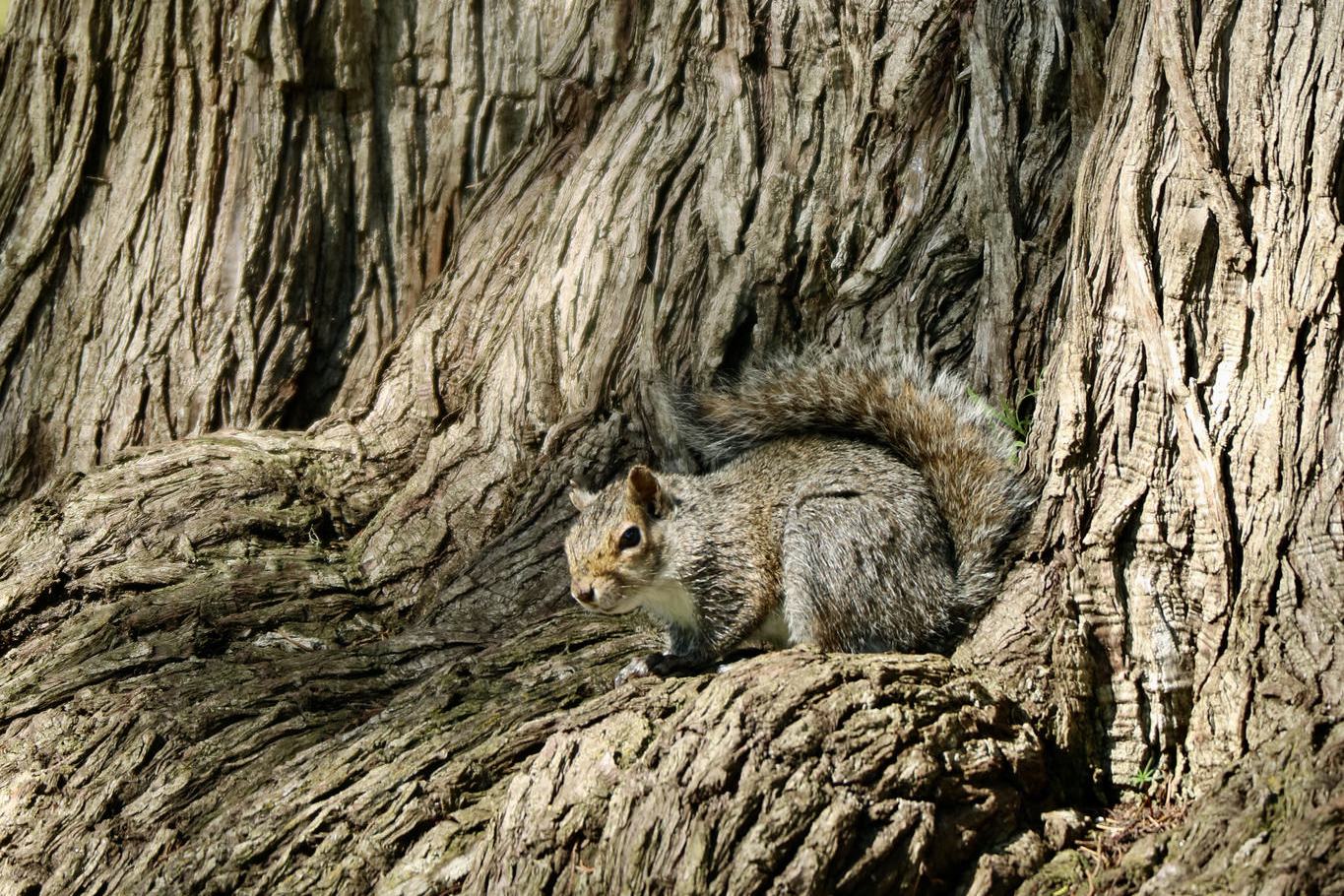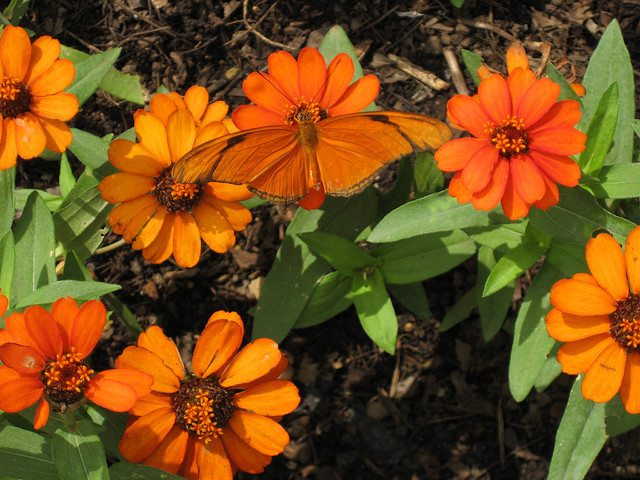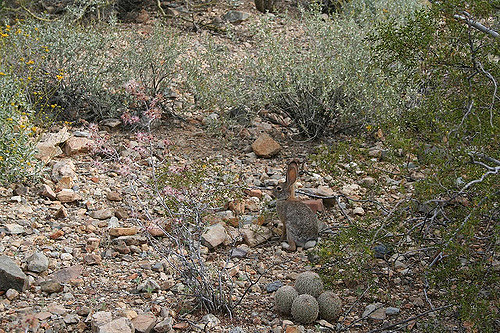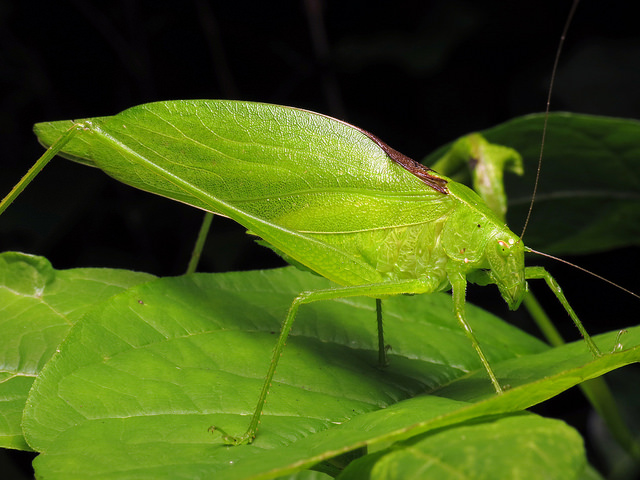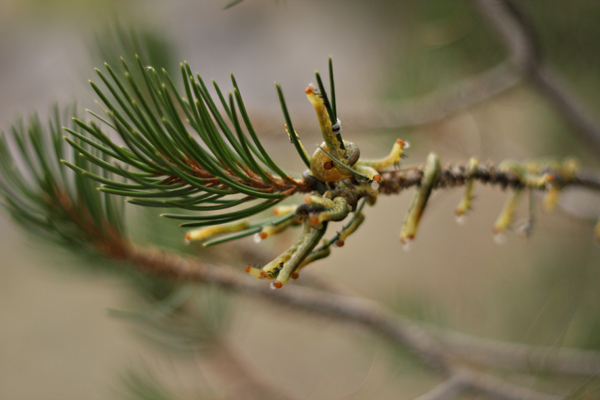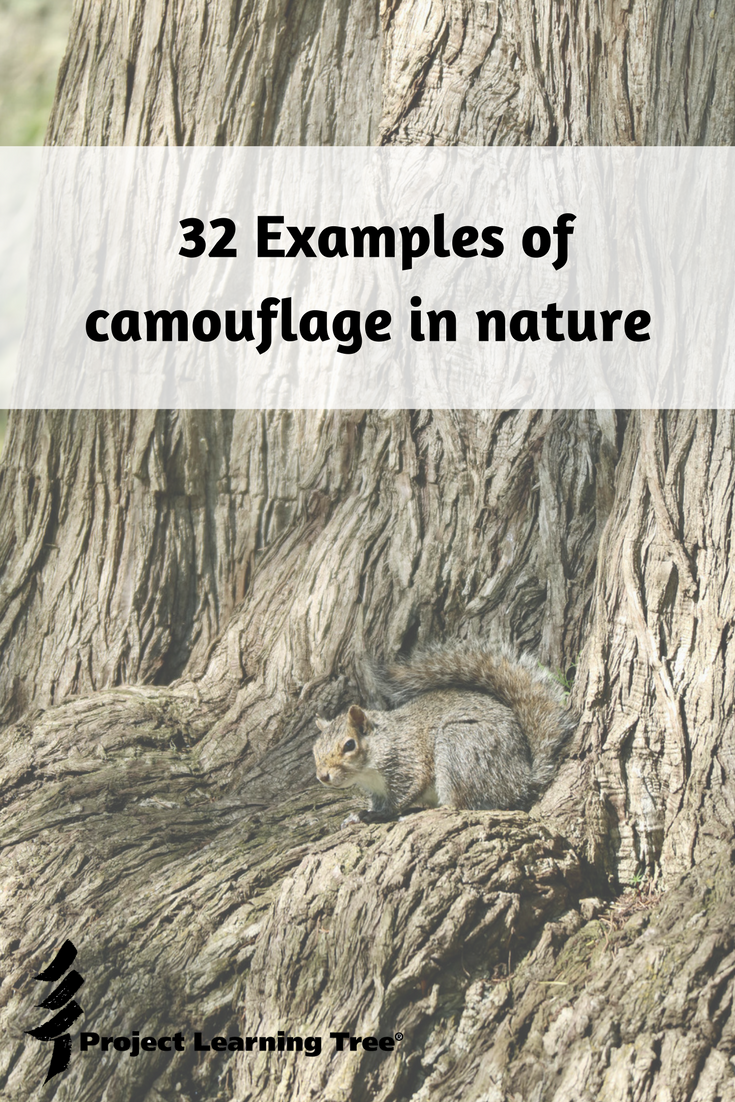 When you take your students to a park, nature reserve, or your school grounds in the hopes of observing animals in the “wild,” you definitely have to be patient. Animals and insects often blend in with their surroundings so they don’t attract too much attention, which can make it difficult to find them.
When you take your students to a park, nature reserve, or your school grounds in the hopes of observing animals in the “wild,” you definitely have to be patient. Animals and insects often blend in with their surroundings so they don’t attract too much attention, which can make it difficult to find them.
Both predators and prey animals use camouflage to their advantage. Predators blend in with the background so their prey won’t see them approaching until it’s too late. Prey animals need to blend in as well, so hungry predators pass right by them.
There are many different ways animals and insects can blend in with their surroundings. We’re going to explore five of them: color matching, disruptive coloration, self-decoration, active camouflage, and mimesis.
Tip: Use these examples in conjunction with PLT’s “Birds and Worms” activity.
Photo credit: Janet Bland
Color matching
Color matching is one of the most basic ways animals camouflage themselves. They’re able to blend in simply by matching the color of their surroundings. Check out these examples to see how well this works:
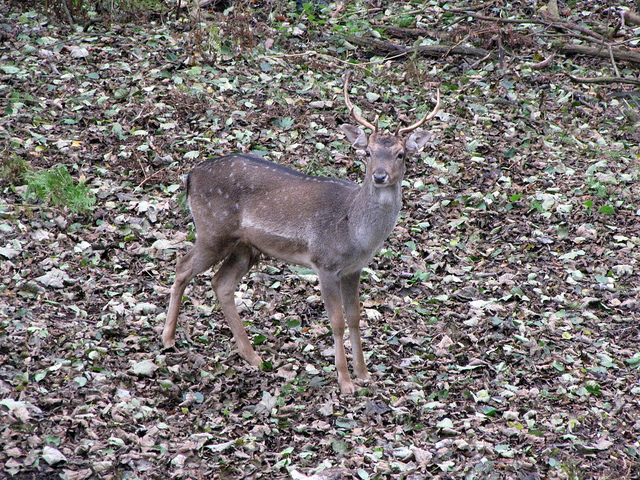
The brown colors of this deer helps it blend in with the landscape in autumn. (Photo credit: John Morris)
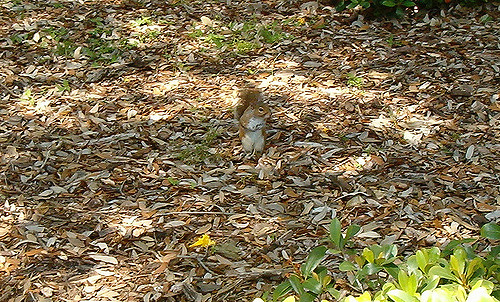
The colors of this red squirrel match the colors of the fallen leaves on the ground. (Photo credit: Smoky Combs)
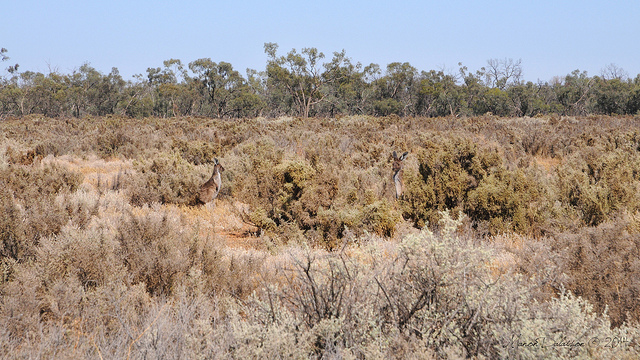
Can you spot the two kangaroos near the center of the photo? They blend in perfectly with the landscape in New South Wales, Australia. (Photo credit: Manon D)
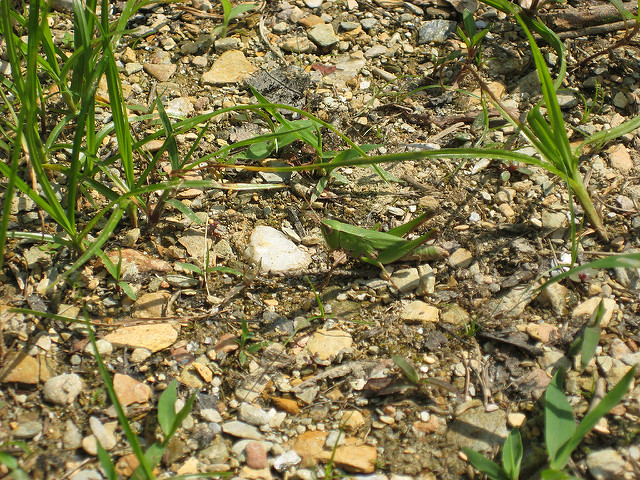
It can be easy to miss the grasshopper in this photo since it’s the same color as the blades of grass nearby! (Photo credit: Josh Harris)
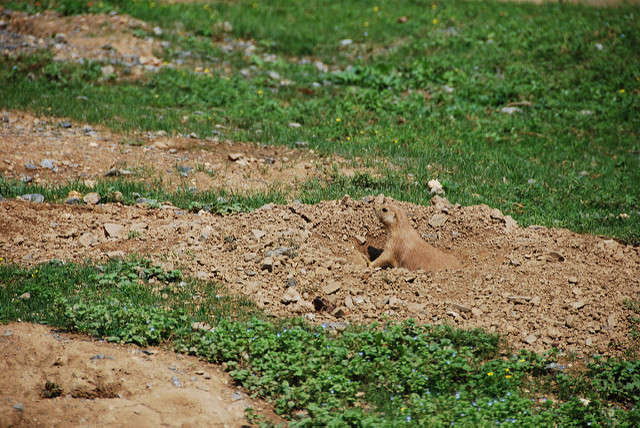
This prairie dog blends in so well with the color of its burrow, it would be easy to miss seeing it! (Photo credit: Melanie)
Disruptive coloration
Many animals and insects use more than one color to help them blend in with their surroundings. Spots, stripes, and asymmetrical shapes on their bodies can help break up the outline of the animal. Here are a few examples:
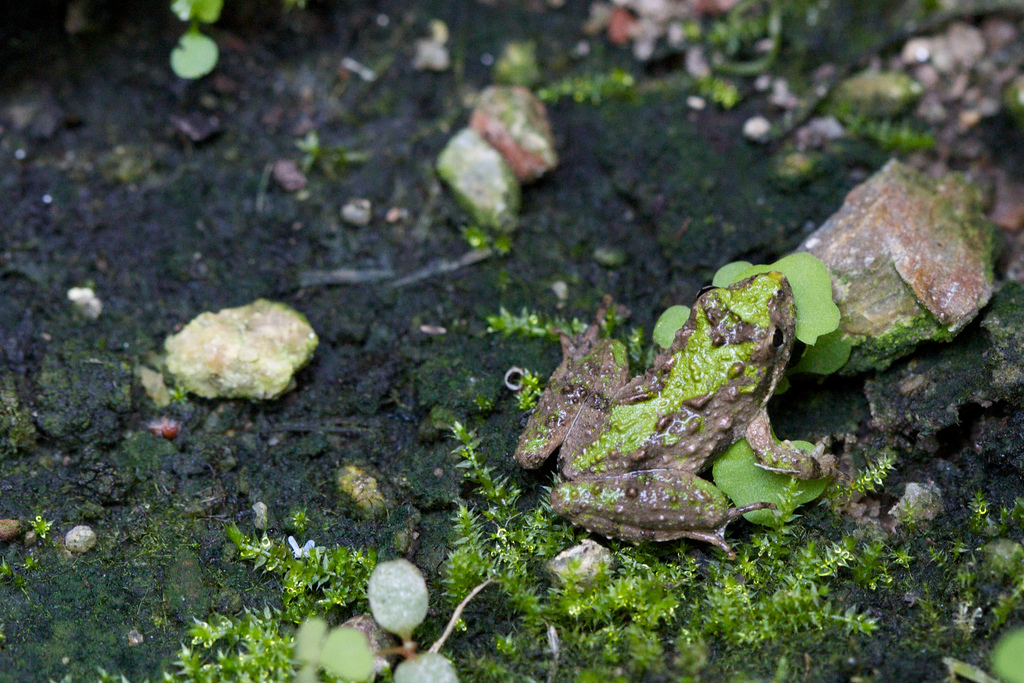
This toad has greens and browns, helping it blend in with the muddy, mossy environment it lives in. (Photo credit: Tom Woordward)
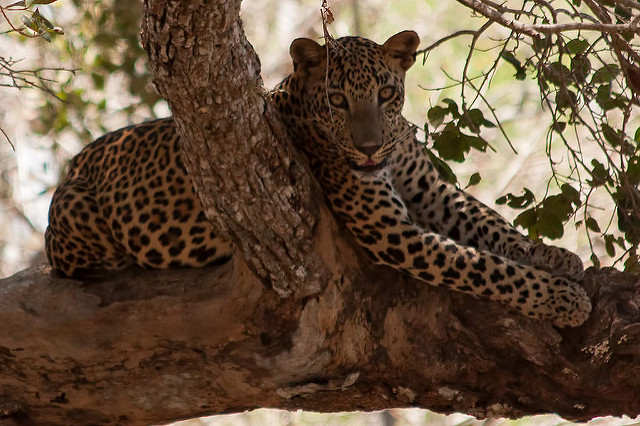
The spots on this leopard help it disguise the outline of its body, especially when it’s sitting in the shadows. (Photo credit: AlGraChe)
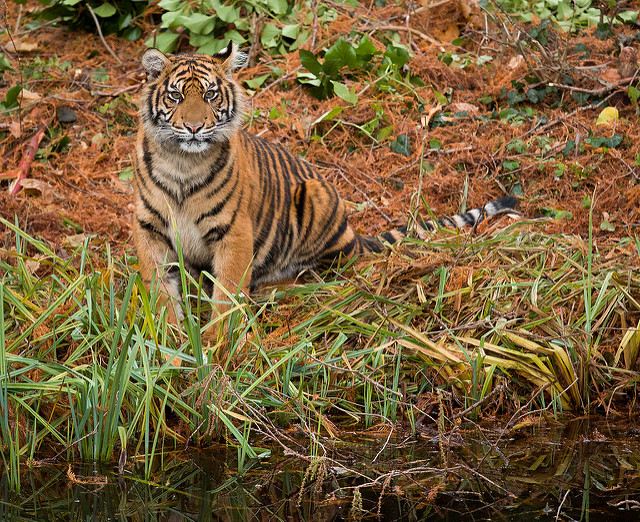
The orange color of a tiger’s fur helps it blend in with the vegetation of its natural habitat, and the stripes make it even harder to spot in the shadows. (Photo credit: Christian Dembowski)
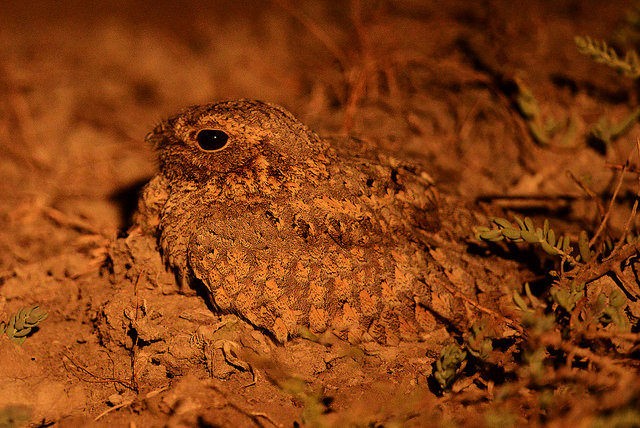
The coloring and pattern of the Sykes’s nightjar make it difficult for predators to see it while it’s in the nest. (Photo credit: Navin Sigamany)
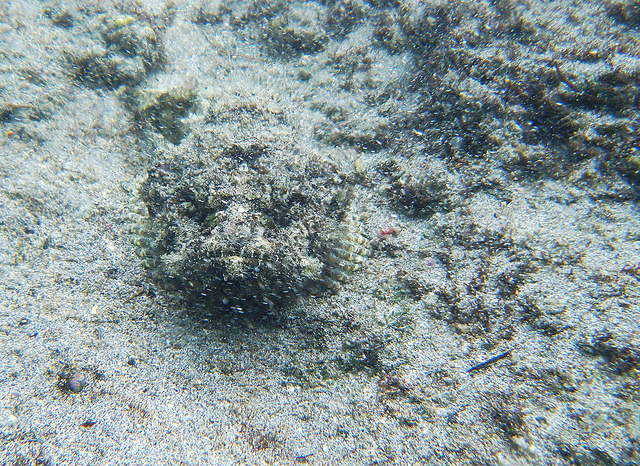
The scorpionfish is a sit-and-wait predator, using its camouflage to blend in with its surroundings so unsuspecting prey swim right in front of it. (Photo credit: Jen R)
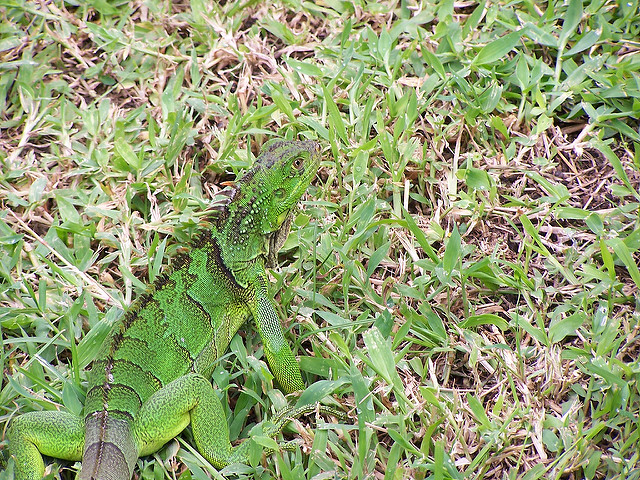
The coloring and pattern of this iguana helps it blend in with the vegetation it lives in. (Photo credit: Steve)
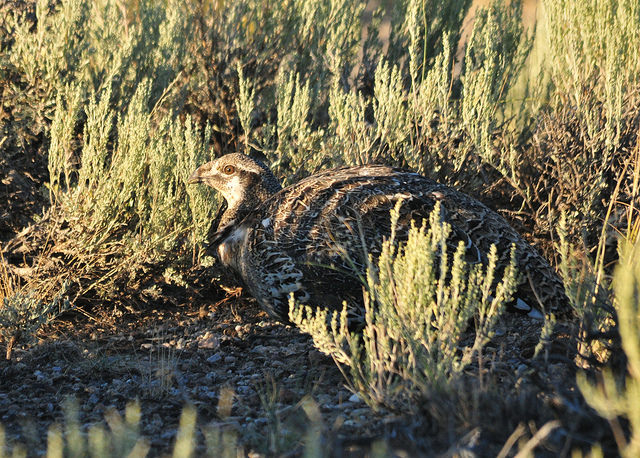
The female greater sage-grouse prefers to nest among tall sagebrush, and its coloring helps it blend in with its habitat. (Photo credit: Tom Koerner/USFWS)
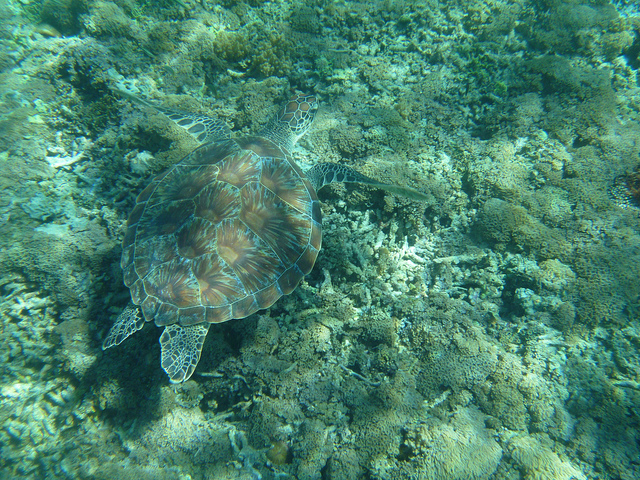
The pattern on this sea turtle helps it blend in with the pattern of the sunlight reflecting on the ocean floor. (Photo credit: green_kermit)
Self-decoration
Sometimes animals and insects use what’s available in the environment around them to blend in. For example, they may let moss grow on their shell or attach sea shells to their body to conceal themselves. Here are some examples:
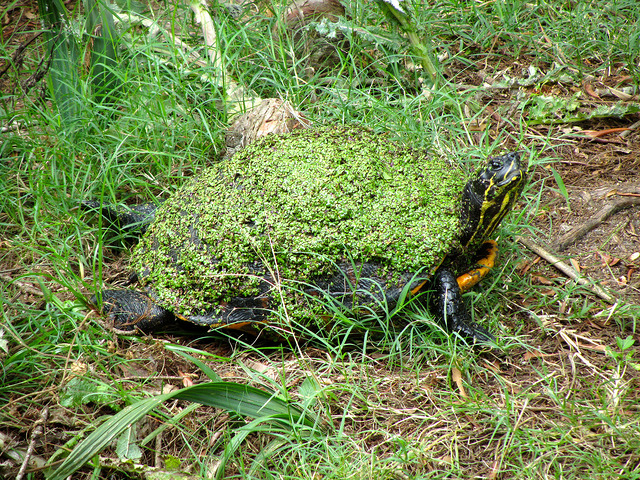
Algae can grow on turtles’ shells, especially when it lives in shallow waters, helping it bend in with its environment. (Photo credit: Jon Dawson)
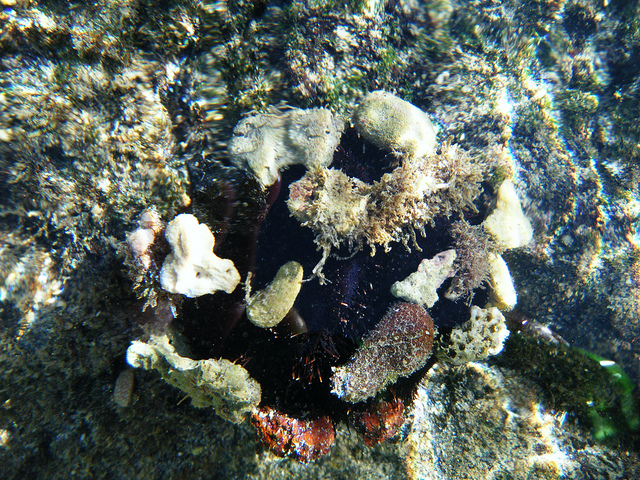
Sea urchins sometimes gather shells, rocks, and other objects, to help it bend in with the ocean floor. (Photo credit: Jen R)
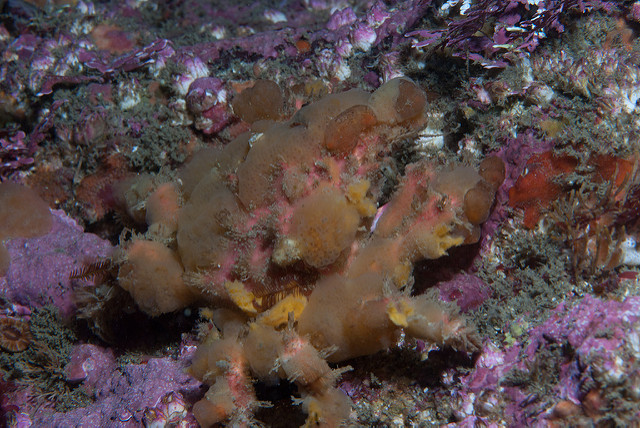
Decorator crabs conceal themselves by covering their bodies in animals or plants to ward off predators. (Photo credit: Ed Blerman)
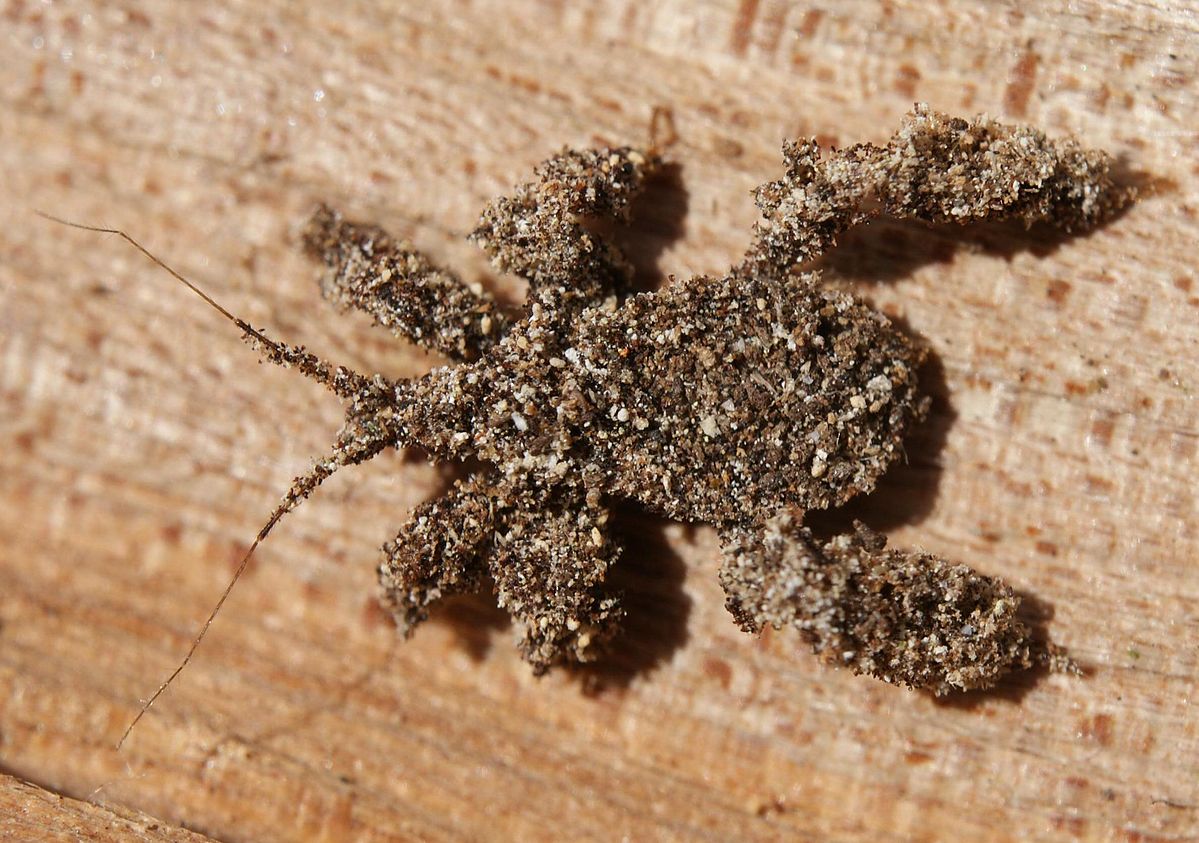
Masked hunter bugs camouflage themselves by covering their bodies with grains of sand. (Photo credit: Chiswick Chap)
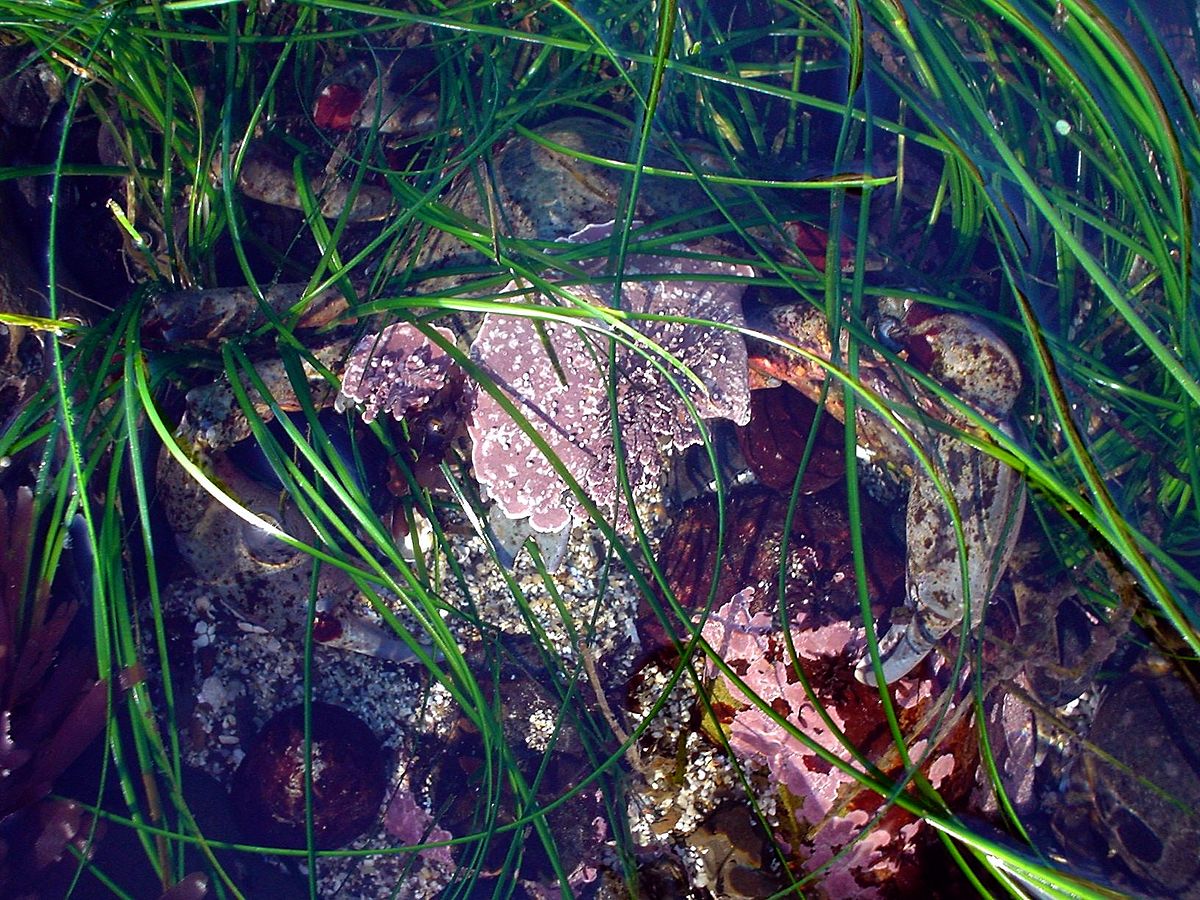
The algae growing on this crab helps it blend in with its environment in shallow waters. (Photo credit: Brocken Inaglory)
Active camouflage
Some animals have the ability to change their colors and patterns to help them blend in with their surroundings. Animals such as octopuses and flounder fish can quickly change their appearance. Other animals change colors with the season. This seasonal variation helps them blend in with the environment at different times throughout the year. Here are some examples of active camouflage:
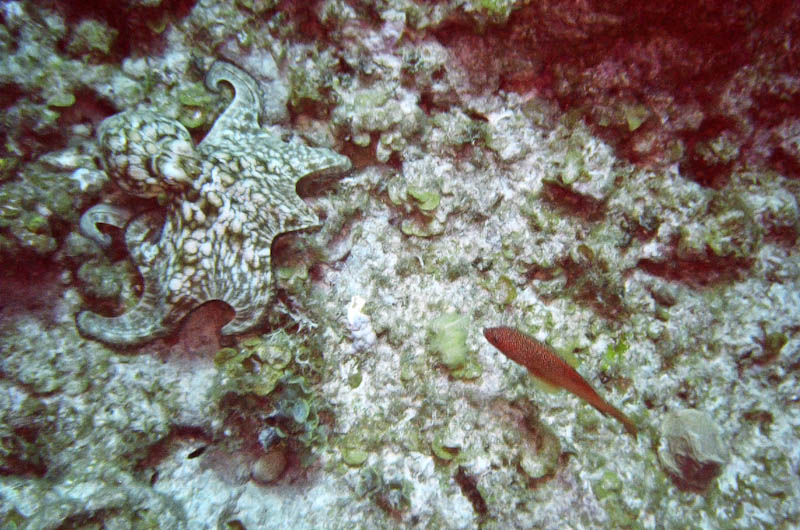
Certain types of octupus can change the color and pattern of their skin by controlling the size of their cells. (Photo credit: gpparker)
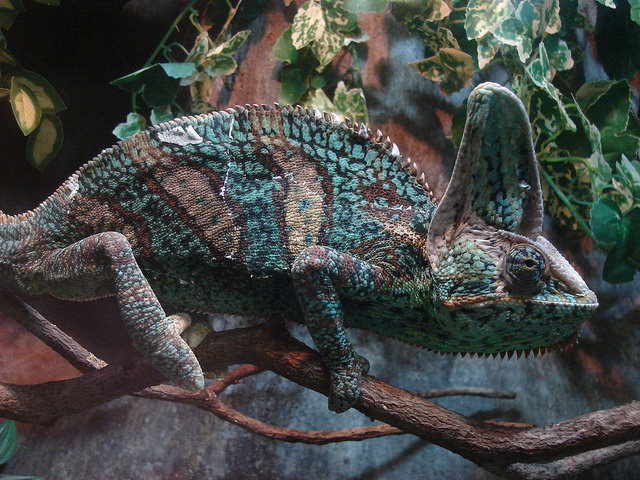
Chameleons change the colors and patterns on their body to help regulate their body temperature and to send signals to other chameleons, but the colors and patterns can also help them blend in with their surroundings. (Photo credit: Hannes de Geest)
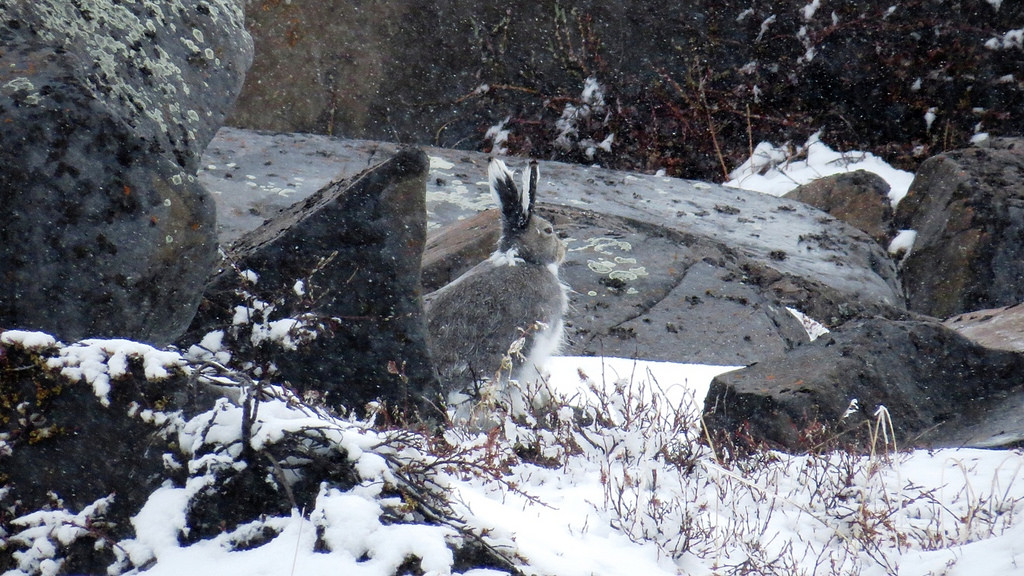
The Artic hare grows different colored fur depending on the season. In the summer, its fur is brown or grey. (Photo credit: Nancy Magnusson)
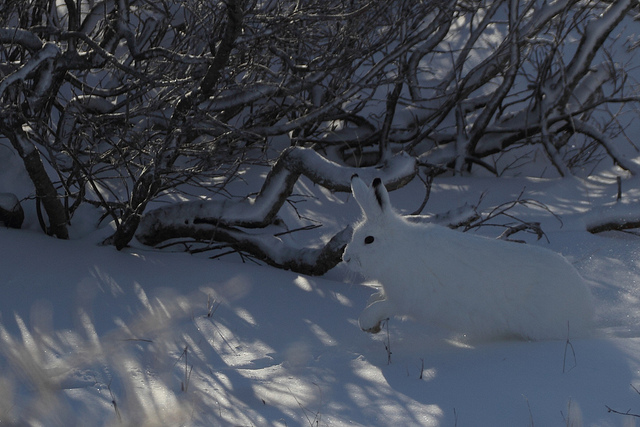
In the winter, the Artic hare’s fur is white to help it blend in with the snow. (Photo credit: Charles Anderson)
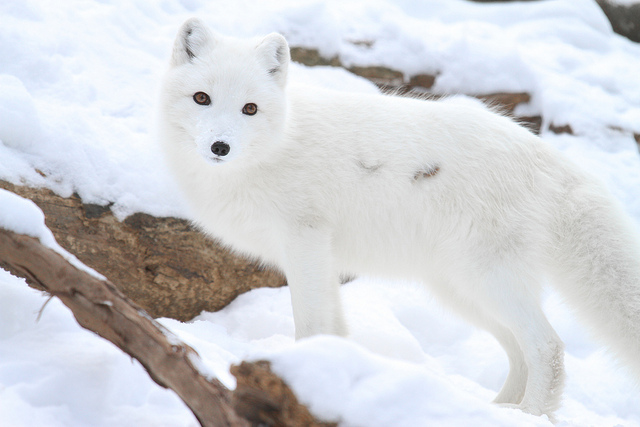
The Arctic fox is another animal that grows different colored fur depending on the time of year to help it blend in with its surroundings. (Photo credit: Mark Dumont)
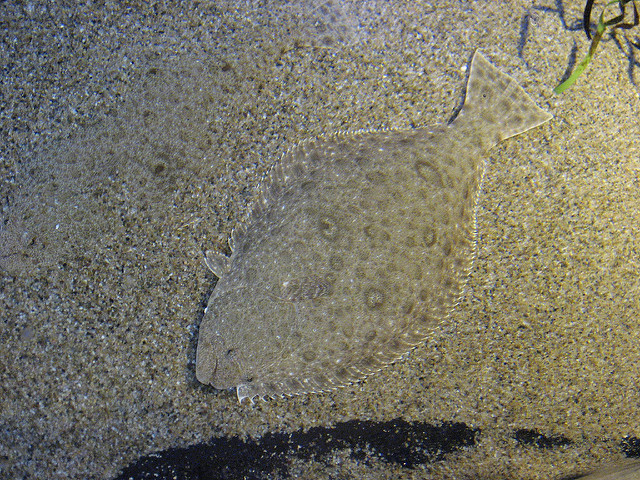
Peacock flounders can change their color and pattern in just eight seconds. (Photo credit: beautifulcataya)
Mimesis
Mimesis is when an object appears to be something that its not. Prey animals and insects sometimes mimic leaves, twigs, and other objects that predators wouldn’t be interested in. Here are some examples:
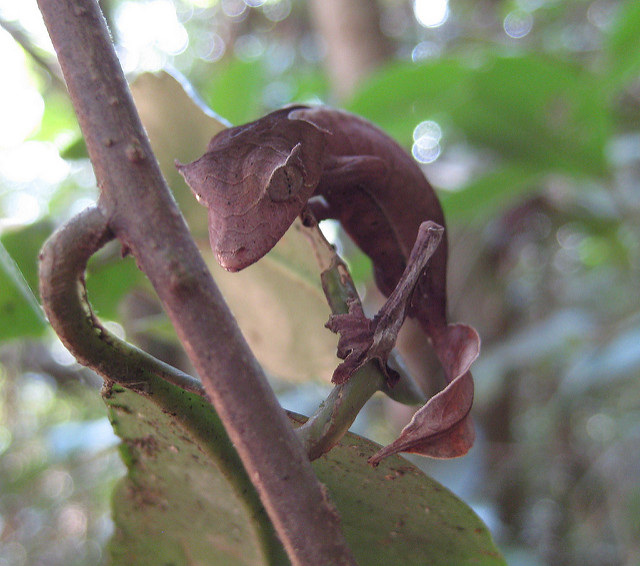
This leaf tailed gecko not only matches the color of the branch it’s perched on, but its tail looks like a leaf to further blend in with its surroundings. (Photo credit: Antony Stanley)
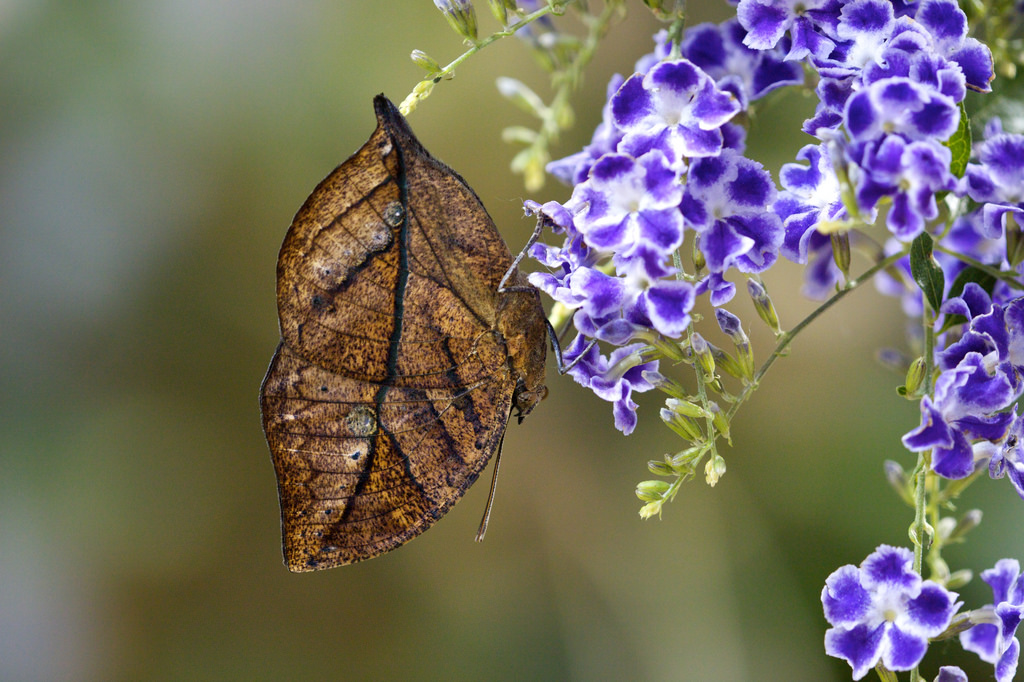
The oakleaf butterfly closely resembles a dead leaf to disguise itself from hungry birds. (Photo credit: Marcin Wichary)
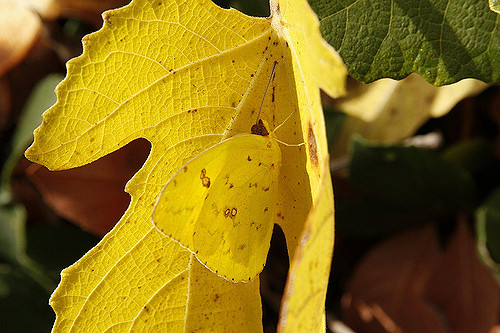
The cloudless sulphur might be difficult to spot in the fall since it mimics the color and pattern of yellow leaves. (Photo credit: Gary Nach)
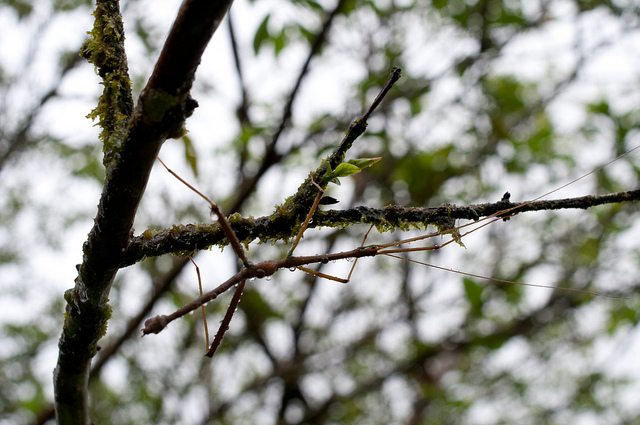
Stick insects, or walking sticks, are the world’s longest insects and they stay still when a predator approaches to blend in with the branches. (Photo credit: Jon Fife)
We’d love to hear from you – what other animals have you seen use camouflage to blend in with their environment?

